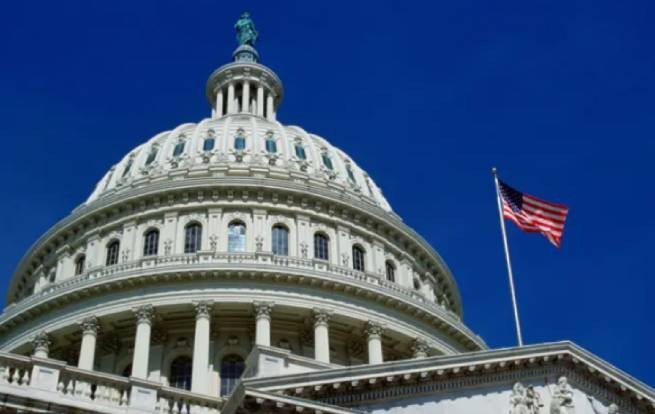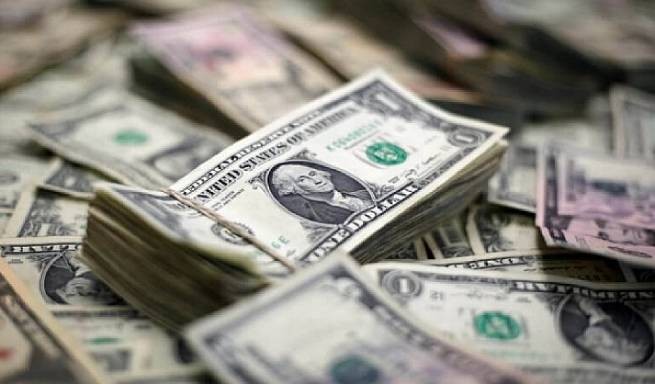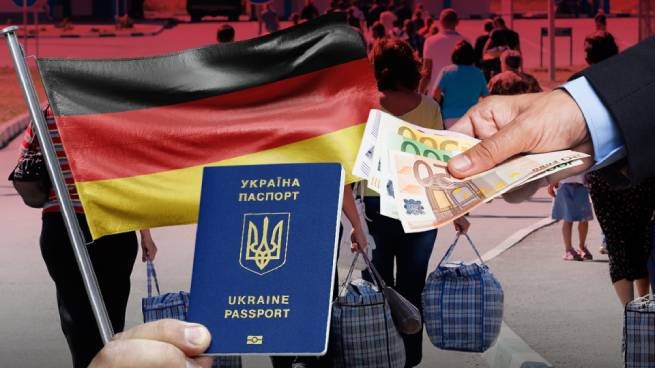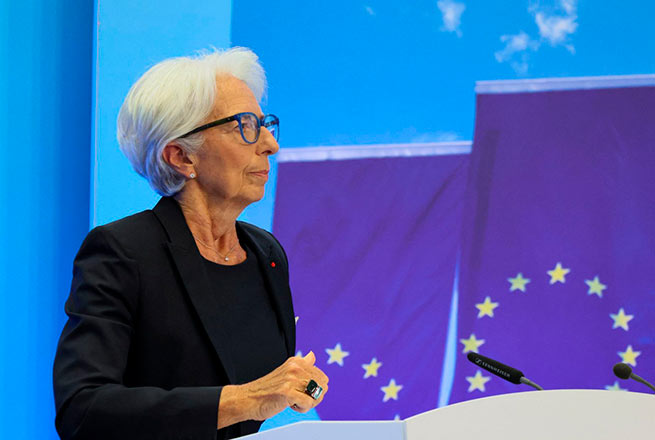With the advent of 2023 and the de-escalation of inflation observed in the past two months, discussions about how the European Central Bank will act in relation to tightening monetary policy have not only appeared, but also “multiply”.
The ECB has started a rate hike cycle since the middle of last year, which has now raised its key rate from -0.50% to +2.00%. The 2% increase came after two 75bps and two 50bps hikes, the most aggressive rate increase in ECB history.
Disagreements within the ECB on interest rates
Christine Lagarde, at a press conference after the end of the last ECB meeting in early December last year, made it clear that the central bank would maintain its current policy on raising interest rates (it is recalled that interest rates rose by 50 base units in December). The goal was and still is to bring inflation back to reasonable levels in a timely manner.
On the other hand, bets are now being made on whether the ECB will stay on this path and when there will be a moderate increase in interest rates. At present, everyone agrees that in the next two meetings (the first next week on February 2 and the second in March) policy raise interest rates by 50 basis points. This begs the question, what’s next? If inflation is showing signs of easing, then why is it more than four times the official ECB target of 2%?
What the experts say
For UniCredit fixed income strategist Francesco Maria Di Bella, the uncertainty lies in what the ECB will do after March, while some members of its board have also called for rate hikes in the second quarter. “The scale of these increases will depend on the inflation outlook. Lesser price pressure could allow the ECB to continue raising 25 basis points in May and June rather than 50 basis points,” he said in an interview with CNBC.
Money markets are poised for a 50 basis point gain in February and March, but Fabio Panetta is reported to have said this week that the ECB should not take any further steps ahead of its March meeting.
As David Oneglia, director of TS Lombard, notes, Panetta’s remarks suggest that the ECB’s doves (anti-monetary-aggression officials) are regrouping, but the hawks (monetary-aggressors) seem to have the upper hand, at least , in the next two meetings, for which his firm’s base case calls for two 50 basis point rate hikes.
“How far the ECB can go after March remains to be seen. A nominal interest rate between 3.50% and 3.75% looks likely, but the ECB cannot deviate far enough and for long from the US Federal Reserve,” he says.
Of course, financial markets think otherwise, as a Reuters poll showed they expect interest rate hikes to end in the second quarter when the key interest rate hits 3.25%.

On the other hand, after the recent improvement in US macroeconomic data, there is a feeling that the Fed may end its own cycle of monetary tightening. “If the US enters a deeper-than-expected recession and the Fed is forced to cut interest rates aggressively in response, the ECB’s pause in rate hikes could come sooner,” Oneglia said.
In a similar vein, Andrew Kenningham of Capital Economics, who also expects interest rates to rise in the 50 basis point range in February and March, will be followed by a more modest 0.25% hike in May and June. He claims that further monetary policy will not change until the second half of 2024.
However, it is also targeting a disinflationary path in the coming months as energy prices decline. “The rhetoric will remain aggressive and talk about the need for the ECB to stay the course, while not specifying the size and timing of interest rate hikes,” he said.







More Stories
Flood victims in Thessaly will pay property tax (ENFIA)
Fines of 1.5 million euros for 11 large retail chains, including Leroy Merlin, Attica and JYSK
Reuters reveals what the Mitsotakis government doesn't want to talk about: “Huge debt – low wages”